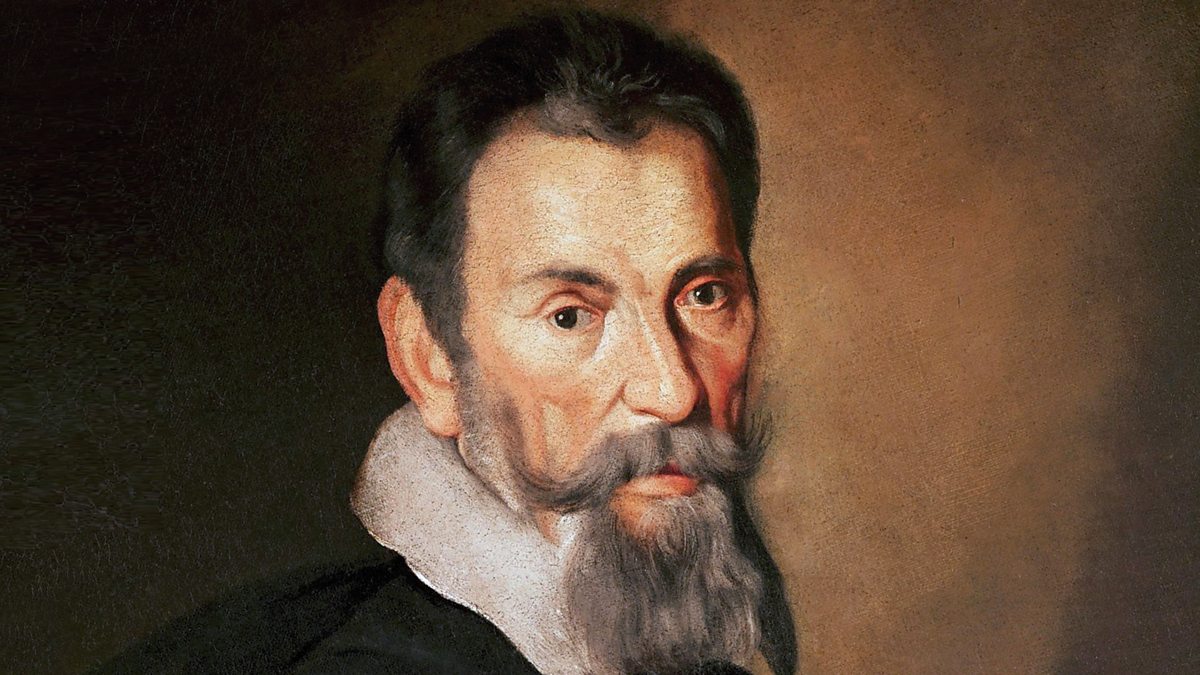Claudio Monteverdi (1567-1643) was a pivotal figure in the transition from the Renaissance to the Baroque era in music. His works, characterized by their emotional depth and innovative use of harmony and texture, have had a lasting influence on the development of Western music. Here, we explore ten of Monteverdi’s most significant compositions, each a masterpiece in its own right.
1. L’Orfeo (1607)
Monteverdi’s opera L’Orfeo is often considered the first great opera in the history of Western music. It tells the story of Orpheus, who descends into the underworld to bring back his beloved Eurydice. The opera is noted for its expressive arias, dramatic recitatives, and the effective use of the orchestra to enhance the narrative.
2. Vespro della Beata Vergine (1610)
Also known as the Vespers of 1610, this monumental work is a setting of the evening prayers of the Roman Catholic Church. It showcases Monteverdi’s mastery of both the old Renaissance polyphonic style and the new Baroque style. The Vespers include a wide range of musical forms, from intricate choral polyphony to virtuosic solo passages.
3. Il ritorno d’Ulisse in patria (1640)
This opera, based on Homer’s Odyssey, tells the story of Ulysses’ return to Ithaca after the Trojan War. Il ritorno d’Ulisse in patria is noted for its psychological depth and complex characterizations. Monteverdi uses music to explore the emotions and motivations of his characters, making this opera a profound and moving experience.
4. L’incoronazione di Poppea (1643)
Monteverdi’s final opera, L’incoronazione di Poppea, is based on the historical events surrounding the Roman Emperor Nero and his mistress Poppea. The opera is renowned for its dramatic intensity and the complexity of its characters. Monteverdi’s music vividly portrays the passions and intrigues of the imperial court.
5. Combattimento di Tancredi e Clorinda (1624)
This dramatic madrigal, based on a text by Torquato Tasso, depicts a duel between the Christian knight Tancredi and the Muslim warrior Clorinda. Combattimento di Tancredi e Clorinda is innovative in its use of musical techniques to convey the action and emotions of the characters, making it one of Monteverdi’s most compelling works.
6. Selva morale e spirituale (1641)
This extensive collection of sacred music includes settings of psalms, hymns, and other liturgical texts. Selva morale e spirituale demonstrates Monteverdi’s ability to blend the spiritual and the dramatic, creating music that is both deeply devotional and emotionally engaging.
7. Zefiro torna e di soavi accenti (1632)
A stunning example of Monteverdi’s secular music, this madrigal is a setting of a text by Ottavio Rinuccini. Zefiro torna e di soavi accenti is characterized by its vivid word painting and intricate vocal interplay, capturing the essence of the pastoral poetry it sets to music.
8. Cruda Amarilli (1605)
One of Monteverdi’s most famous madrigals, Cruda Amarilli is from his Fifth Book of Madrigals. It is noted for its daring use of dissonance and its expressive depiction of unrequited love. The madrigal was controversial at the time for its break with traditional harmonic conventions, marking Monteverdi as a revolutionary figure in music.
9. Magnificat (1610)
Included in the Vespro della Beata Vergine, Monteverdi’s Magnificat is a majestic setting of the Biblical canticle. It combines grand choral passages with intricate solo sections, showcasing Monteverdi’s skill in both vocal and instrumental writing. The Magnificat is a highlight of Monteverdi’s sacred music.
10. Il combattimento di Tancredi e Clorinda (1624)
A unique work for its time, this dramatic piece blends elements of opera, madrigal, and ballet. Il combattimento di Tancredi e Clorinda tells the story of a battle between a Christian knight and a Muslim warrior. The music vividly depicts the action and emotions, using techniques such as stile concitato (agitated style) to enhance the drama.
Conclusion
Claudio Monteverdi’s compositions are cornerstones of both the Renaissance and Baroque periods, bridging the gap between these two important eras in music history. His works continue to be performed and admired for their emotional depth, innovative use of musical techniques, and their profound impact on the development of Western music. Whether through his operas, sacred music, or madrigals, Monteverdi’s genius remains evident, ensuring his place as one of the greatest composers of all time.


Comments are closed